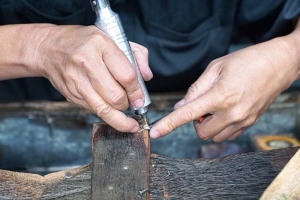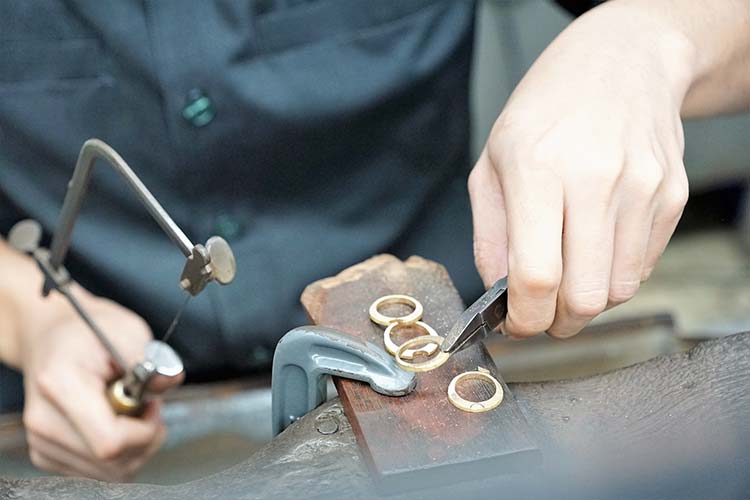 Jewelry Repair Can Be Confusing
Jewelry Repair Can Be Confusing
Here at Stones Jewelry, we’ve found there’s a lot our average Wheaton, IL, customer doesn’t know about jewelry repair. That’s completely understandable. Jewelry repair is a highly technical field, and only trained, experienced, certified experts really know how it’s done. (It’s likely that people outside your chosen field don’t know all the ins and outs of your occupation, either.)
Still, there’s no need for everything to be a dark mystery when you visit our jewelry repair shop. So we thought we’d share three interesting facts about jewelry repair that you may not already know.
Even Your High Quality Jewelry Needs Maintenance
It might seem counterintuitive that jewelry needs much in the way of preventive maintenance. It is, after all, made of what we think of as hard substances, metal and gemstones. The jeweler who made it originally presumably did good strong work. That being the case, shouldn’t it more or less take care of itself?
For better or worse, the answer to that is no. There are a couple reasons why.
First, gold, silver, and platinum, the metals that typically go into jewelry, are actually soft compared to most other metals. That makes it easier for jewelers to work with them, but it means that simply wearing the jewelry subjects it to significant wear and tear. By the same token, not all gemstones are nearly as hard as the diamond that can provide the point for a rugged industrial drill. Emeralds, opals, and pearls are soft gemstones and thus susceptible to damage, and in fact, even a diamond will break if it you hit it the wrong way,
Second, we often subject our jewelry to a lot more of that aforementioned wear and tear than we realize. Even a relatively light impact can knock a stone from its setting, and activities like dishwashing and gardening are particularly rough on jewelry. A substance like hand lotion can build up in the crevices of a ring to dims its sparkle, and over time, as a pendant slides back and forth on its chain, the ball can wear through.
Fortunately, a competent jeweler can inspect your jewelry, catch problems in the early stages, and correct them.
When a Ring Is Sized Up, the Jeweler (Usually) Adds Gold

Some people think that when a ring is sized up, the jeweler simply stretches it. They worry about the stretching thinning it out. Actually, though, that’s often not how it works. Instead of stretching the ring, the jeweler cuts the ring and spreads it to the desired larger size. He or she then adds metal to fill in the cut and welds it in place.
This procedure, however, isn’t used in every case. It’s sometimes better to maintain the structural integrity of a wedding band by simply stretching it. Even in the case of a wedding band, though, it’s been cut and added to before, or if stretching would make it too thin, the jeweler will use the resizing method outlined above.
Some Gemstones Are Vulnerable to Heat
Traditionally, a great deal of jewelry repair was accomplished by using a torch. The heat the torch generated was necessary for operations like sizing rings, retipping worn prongs, and soldering broken chains. But this could be a problem depending on the gemstones involved. Diamonds could stand up to the torch, but many other gemstones including amethyst, opal, pearl, and topaz were far more fragile and likely to suffer damage.
The old solution was to remove each gemstone from its setting prior to using the torch and replace it afterward. Now, however, a new method called laser welding has changed the game. Laser welding applies heat with pinpoint accuracy, and that enables even fragile gemstones to remain in place.
At Stones Jewelry, we use laser welding and all other state-of-the-art tools and techniques. If you live in or near Wheaton, IL, and are in need to jewelry repair, we hope you’ll come see us.







